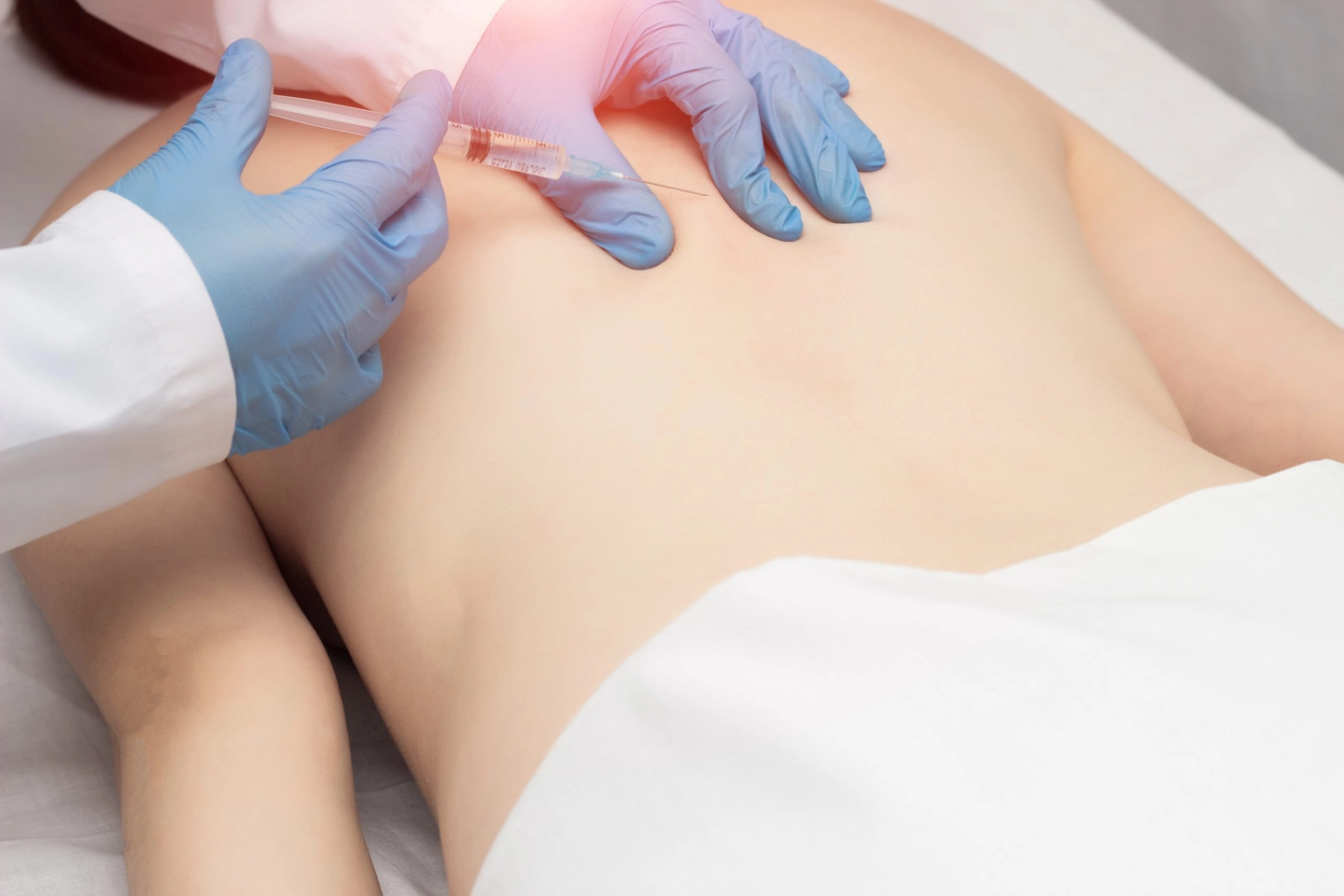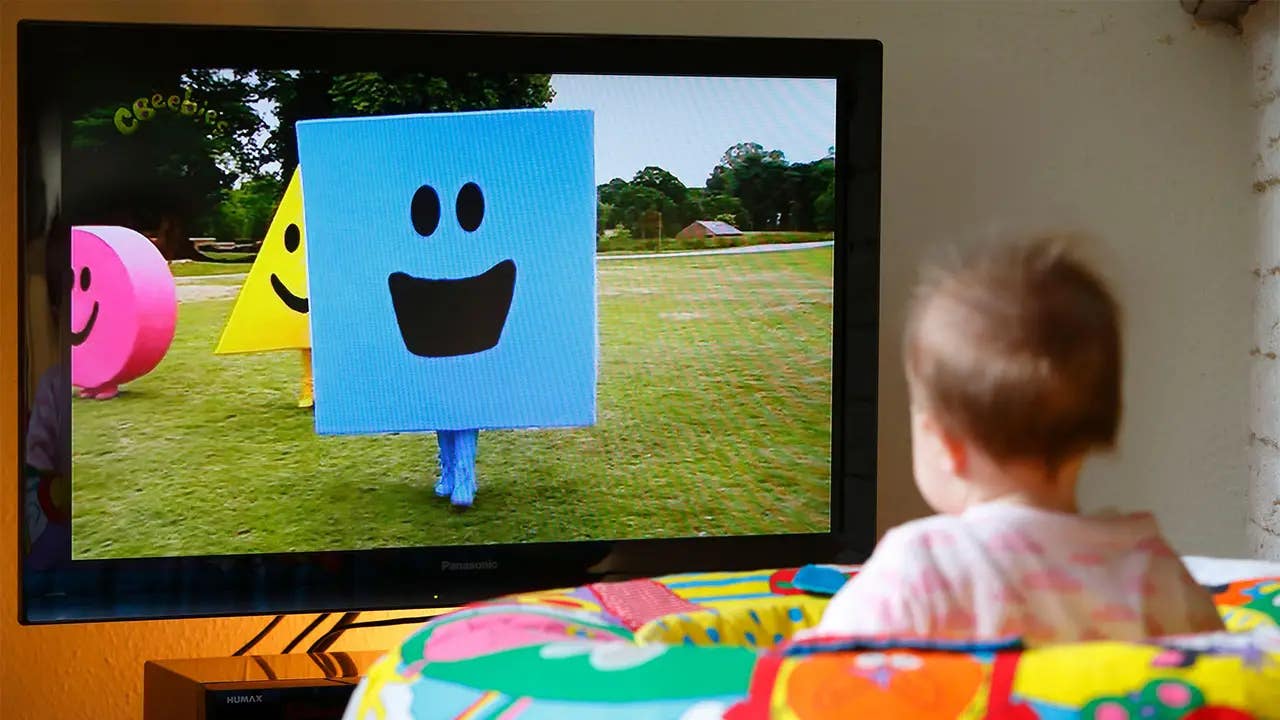Injectable hydrogel substantially relieves lower back pain, research finds
A hydrogel, injected into spinal discs, proved safe and effective in substantially relieving chronic low back pain caused by DDD.

[Oct 25, 2022: Elise Castelli, Society of Interventional Radiology]
A hydrogel, injected into spinal discs, proved safe and effective in substantially relieving chronic low back pain caused by degenerative disc disease. (CREDIT: Creative Commons)
An experimental formulation of a hydrogel, injected into spinal discs, proved safe and effective in substantially relieving chronic low back pain caused by degenerative disc disease (DDD), according to new research. Hydrogels have been used for a number of years to treat DDD, but the current study is the first test of this particular gel in humans.
After six months, all participants in this small study reported significantly less low back pain—declining from an average self-reported pain level of 7.1 down to 2.0 on a scale of zero to 10. They also experienced greatly improved physical function, with average scores falling from 48 to 6 on a questionnaire to gauge the impact of low back pain in preventing patients from the ability to perform normal activities.
“If these findings are confirmed in further research, this procedure may be a very promising treatment for chronic low back pain in those who’ve found insufficient relief from conservative care,” said lead author Douglas P. Beall, MD, FSIR, chief of radiology services at Clinical Radiology of Oklahoma. “The gel is easy to administer, requires no open surgery, and is an easy procedure for the patient.”
After six months, all participants in this small study reported significantly less low back pain—declining from an average self-reported pain level of 7.1 down to 2.0 on a scale of zero to 10. (CREDIT: Creative Commons)
Related Stories:
The gel used in this study, Hydrafil™, is a second-generation hydrogel developed by ReGelTec, Inc. In 2020, it received FDA’s breakthrough device designation, which allows expedited review when early evidence suggests an experimental product may provide more effective treatment than current options for treating a serious condition. Dr. Beall is a medical advisor to the company.
The research team enrolled 20 patients, aged 22 to 69, with chronic DDD low back pain. Each described their pain as four or higher on the 10-point scale. None had found more than mild relief from conservative care, which includes rest, analgesics, physical therapy, and back braces.
Patients were sedated for the procedure, and the gel was heated to become a thick liquid. Guided by fluoroscopic imaging, researchers used a 17-gauge needle to inject the gel directly into the affected discs, where the gel filled in cracks and tears, adhering to the disc’s center and outer layer.
When HYDRAFIL cools to body temperature it forms a contiguous implant within the nucleus of the degenerated disc to augment the residual nucleus pulposus, restore normal biomechanical properties of the disc and alleviate pain.
The procedure was completed while patients were awake and under local anesthesia in an outpatient clinic. Patients were up and walking within one to two hours of the injection. Most patients were sent home on standard over the counter pain medication and procedural related pain generally resolved within 24-72 hours.
At the three month follow up visit the average back pain score was reduced by 81%, from a baseline of 7.3 to a score of 1.4, and disability scores measured by Oswestry Disability Index (ODI) dropped by 90%, from a baseline of 58% to a score of 6%.
“We really have no good treatments for degenerative disc disease, aside from conservative care,” said Dr. Beall. “Surgery is statistically no more effective than conservative care and can potentially make things worse; nerve ablation is appropriate for only a few patients; and existing hydrogels are inserted through an incision as a soft solid, which can pop out of place if you’re not highly skilled in placing it.”
“Because this gel is injectable, it requires no incision, and it augments the whole disc, restoring its structural integrity, which nothing we have currently can do,” he said.
Degenerative disc disease is the leading cause of chronic low back pain, one of the world’s most common medical conditions. Healthy discs cushion the spine’s vertebrae, facilitating movement and flexibility.
With normal aging, though, they can become dry, thin, cracked or torn, causing pain or loss of motion. By age 60, most people have at least some disc degeneration.
For more technology news stories check out our New Innovations section at The Brighter Side of News.
Note: Materials provided above by Society of Interventional Radiology. Content may be edited for style and length.
Like these kind of feel good stories? Get the Brighter Side of News' newsletter.
Joseph Shavit
Head Science News Writer | Communicating Innovation & Discovery
Based in Los Angeles, Joseph Shavit is an accomplished science journalist, head science news writer and co-founder at The Brighter Side of News, where he translates cutting-edge discoveries into compelling stories for a broad audience. With a strong background spanning science, business, product management, media leadership, and entrepreneurship, Joseph brings a unique perspective to science communication. His expertise allows him to uncover the intersection of technological advancements and market potential, shedding light on how groundbreaking research evolves into transformative products and industries.



